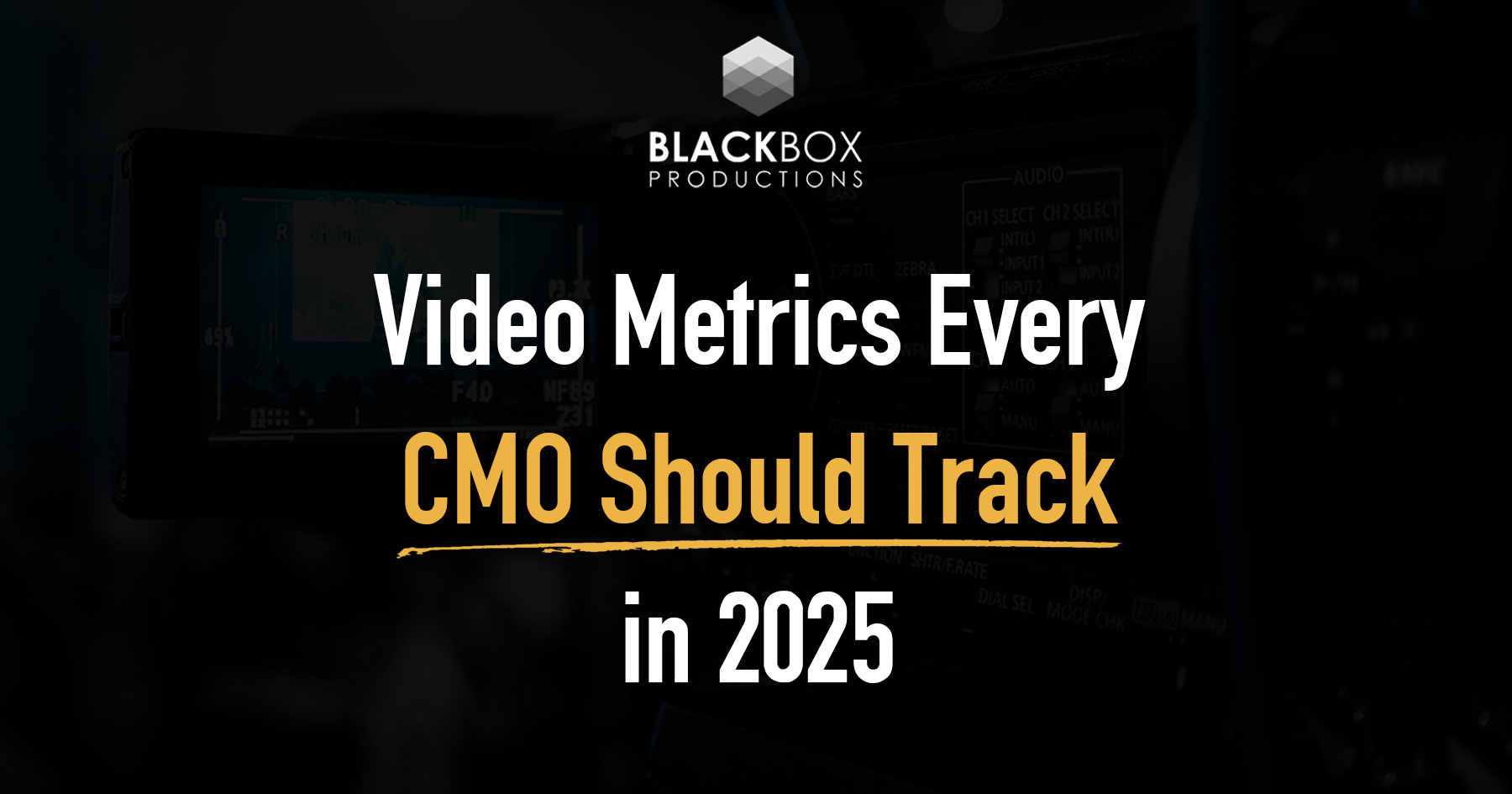
In the fast-evolving landscape of digital marketing, video content has emerged as a pivotal tool for driving engagement and building brand loyalty. As we move into 2025, Chief Marketing Officers (CMOs) must prioritize tracking video metrics to ensure their strategies align with audience preferences and market trends. In this article, we outline the core video metrics that matter most, and how to use them to shape better strategy, optimize performance, and build long-term marketing success.
Understanding and leveraging these metrics enables CMOs to make data-driven decisions that enhance video campaigns' effectiveness. From analyzing viewer engagement to measuring conversion rates, these insights provide a roadmap for refining content and maximizing ROI. In a world where attention spans are shrinking and competition is fierce, staying ahead of the curve means focusing on the right metrics to drive strategy and achieve sustainable growth.
Understanding why video metrics are essential for strategic marketing success
In today's digital landscape, video content has become a cornerstone of effective marketing strategies. As consumers continue to engage more with visual media, CMOs must understand the significance of tracking video metrics to ensure brand visibility and relevance. By monitoring these metrics, marketing leaders can gain valuable insights into audience behavior, preferences, and engagement levels. This data enables them to fine-tune their messaging and align marketing efforts with what resonates most with their target audience, ultimately driving better results.
Furthermore, understanding video metrics allows CMOs to stay ahead of the competition. In 2025, organizations will face an even more crowded marketplace filled with diverse video content across various platforms. By analyzing metrics such as viewer retention rates, engagement, and conversion rates, marketing executives can pinpoint effective strategies and identify areas for improvement. This proactive approach not only helps in optimizing current campaigns but also fosters long-term marketing success by building brand loyalty and establishing deeper connections with customers. Thus, tracking video metrics becomes essential for informing strategic decisions that enhance overall marketing performance.
Key video metrics every CMO should monitor in 2025
As the digital landscape evolves, so does the importance of tracking video metrics that offer actionable insights. In 2025, CMOs should focus on metrics such as watch time, engagement rate, and conversion rate. Watch time reveals how long viewers are sticking with your videos, helping you understand content relevance and retention strategies. The engagement rate encompasses likes, shares, comments, and click-throughs, providing a holistic view of audience interaction. Tracking the conversion rate allows marketing leaders to assess how effectively videos drive desired actions, whether it’s signing up for a newsletter, making a purchase, or engaging with additional content.
In addition to these core metrics, CMOs should pay attention to audience demographics and heatmaps to gain insights into viewer preferences. Demographics help identify who is watching your content, enabling targeted strategies to reach specific audiences. Heatmaps offer a visual representation of where viewers drop off within a video, pinpointing specific moments that may need improvement. By prioritizing these key video metrics in 2025, CMOs can not only enhance their understanding of audience behavior but also fine-tune their content strategy to achieve maximum impact.
Transforming insights into action: Using video metrics to optimize performance and strategy
To make the most of your video content, it's crucial to translate the data you gather into actionable insights. Start by identifying patterns and trends from your video metrics, such as viewer drop-off rates or engagement levels at specific timestamps. This information helps you pinpoint what resonates with your audience and what doesn’t. For example, if you notice a consistent drop in views after a particular segment, consider revising that part or enhancing its quality. By regularly analyzing these metrics, you can refine your content strategy, ensuring that each video aligns more closely with your audience’s preferences and drives higher engagement.
Furthermore, leverage video metrics to inform your distribution strategy. Metrics like traffic sources and playback locations provide valuable insights into where your audience resides and how they prefer to consume your content. Use this data to adapt your promotional efforts across different platforms, tailoring your messaging to fit each channel’s unique audience. By syncing your video content creation with these insights, you not only optimize performance but also foster long-term relationships with your viewers. In the fast-evolving landscape of digital marketing, being data-driven will set your strategy apart and pave the way for sustained success in 2025 and beyond.